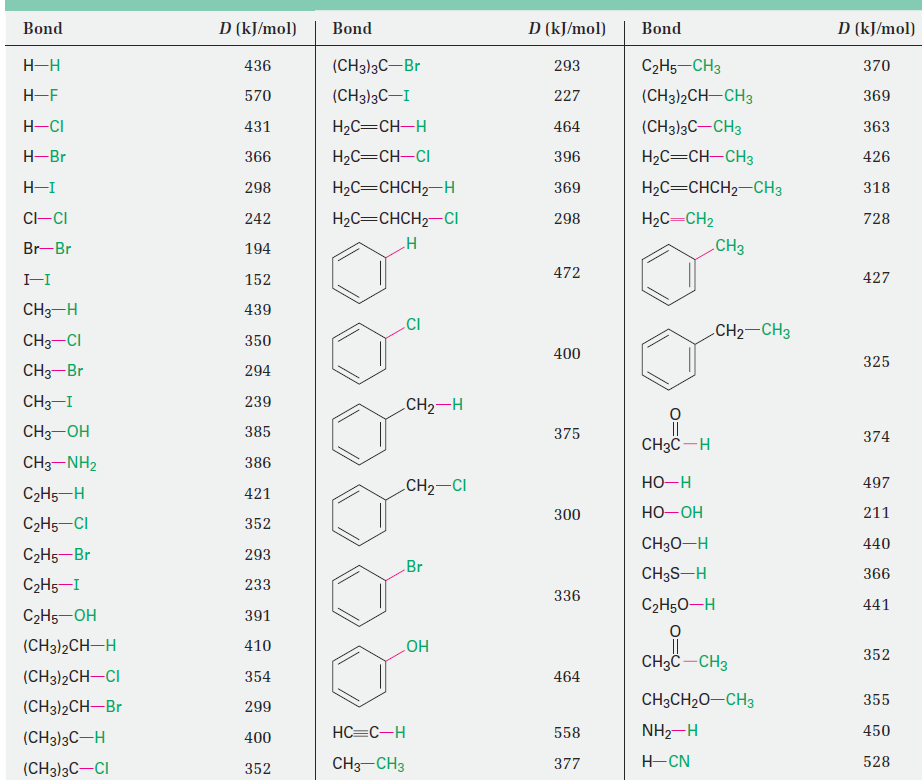

علم الكيمياء

تاريخ الكيمياء والعلماء المشاهير

التحاضير والتجارب الكيميائية

المخاطر والوقاية في الكيمياء

اخرى

مقالات متنوعة في علم الكيمياء

كيمياء عامة


الكيمياء التحليلية

مواضيع عامة في الكيمياء التحليلية

التحليل النوعي والكمي

التحليل الآلي (الطيفي)

طرق الفصل والتنقية


الكيمياء الحياتية

مواضيع عامة في الكيمياء الحياتية

الكاربوهيدرات

الاحماض الامينية والبروتينات

الانزيمات

الدهون

الاحماض النووية

الفيتامينات والمرافقات الانزيمية

الهرمونات


الكيمياء العضوية

مواضيع عامة في الكيمياء العضوية

الهايدروكاربونات

المركبات الوسطية وميكانيكيات التفاعلات العضوية

التشخيص العضوي

تجارب وتفاعلات في الكيمياء العضوية


الكيمياء الفيزيائية

مواضيع عامة في الكيمياء الفيزيائية

الكيمياء الحرارية

حركية التفاعلات الكيميائية

الكيمياء الكهربائية


الكيمياء اللاعضوية

مواضيع عامة في الكيمياء اللاعضوية

الجدول الدوري وخواص العناصر

نظريات التآصر الكيميائي

كيمياء العناصر الانتقالية ومركباتها المعقدة


مواضيع اخرى في الكيمياء

كيمياء النانو

الكيمياء السريرية

الكيمياء الطبية والدوائية

كيمياء الاغذية والنواتج الطبيعية

الكيمياء الجنائية


الكيمياء الصناعية

البترو كيمياويات

الكيمياء الخضراء

كيمياء البيئة

كيمياء البوليمرات

مواضيع عامة في الكيمياء الصناعية

الكيمياء الاشعاعية والنووية
Describing a Reaction: Bond Dissociation Energies
المؤلف:
John McMurry
المصدر:
Organic Chemistry
الجزء والصفحة:
9th. p 169
15-5-2017
3945
Describing a Reaction: Bond Dissociation Energies
We’ve just seen that heat is released (negative ΔH) when a bond is formed because the products are more stable and have stronger bonds than the reactants. Conversely, heat is absorbed (positive ΔH) when a bond is broken because the products are less stable and have weaker bonds than the reactants. The amount of energy needed to break a given bond to produce two radical fragments when the molecule is in the gas phase at 25 °C is a quantity called bond strength, or bond dissociation energy (D).

Each specific bond has its own characteristic strength, and extensive tables of such data are available. For example, a C-H bond in methane has a bond dissociation energy D= 439.3 kJ/mol (105.0 kcal/mol), meaning that 439.3 kJ/mol must be added to break a C-H bond of methane to give the two radical fragments ·CH3 and ·H. Conversely, 439.3 kJ/mol of energy is released when a methyl radical and a hydrogen atom combine to form methane. Table 1.1 lists some other bond strengths.
Table 1.1 Some Bond Dissociation Energies, D

Think again about the connection between bond strengths and chemical reactivity. In an exothermic reaction, more heat is released than is absorbed. But because making bonds in the products releases heat and breaking bonds in the reactants absorbs heat, the bonds in the products must be stronger than the bonds in the reactants. In other words, exothermic reactions are favored by products with strong bonds and by reactants with weak, easily broken bonds.
Sometimes, particularly in biochemistry, reactive substances that undergo highly exothermic reactions, such as ATP (adenosine triphosphate), are referred to as “energy-rich” or “high-energy” compounds. Such a label doesn’t mean that ATP is special or different from other compounds, it only means that ATP has relatively weak bonds that require a relatively small amount of heat to break, thus leading to a larger release of heat when a strong new bond forms in a reaction.
When a typical organic phosphate such as glycerol 3-phosphate reacts with water, for instance, only 9 kJ/mol of heat is released (ΔH° ’= 29 kJ/mol), but when ATP reacts with water, 30 kJ/mol of heat is released (ΔH° ’= 230 kJ/mol). The difference between the two reactions is due to the fact that the bond broken in ATP is substantially weaker than the bond broken in glycerol 3-phosphate.
 الاكثر قراءة في مواضيع عامة في الكيمياء العضوية
الاكثر قراءة في مواضيع عامة في الكيمياء العضوية
 اخر الاخبار
اخر الاخبار
اخبار العتبة العباسية المقدسة

الآخبار الصحية















 قسم الشؤون الفكرية يصدر كتاباً يوثق تاريخ السدانة في العتبة العباسية المقدسة
قسم الشؤون الفكرية يصدر كتاباً يوثق تاريخ السدانة في العتبة العباسية المقدسة "المهمة".. إصدار قصصي يوثّق القصص الفائزة في مسابقة فتوى الدفاع المقدسة للقصة القصيرة
"المهمة".. إصدار قصصي يوثّق القصص الفائزة في مسابقة فتوى الدفاع المقدسة للقصة القصيرة (نوافذ).. إصدار أدبي يوثق القصص الفائزة في مسابقة الإمام العسكري (عليه السلام)
(نوافذ).. إصدار أدبي يوثق القصص الفائزة في مسابقة الإمام العسكري (عليه السلام)


















